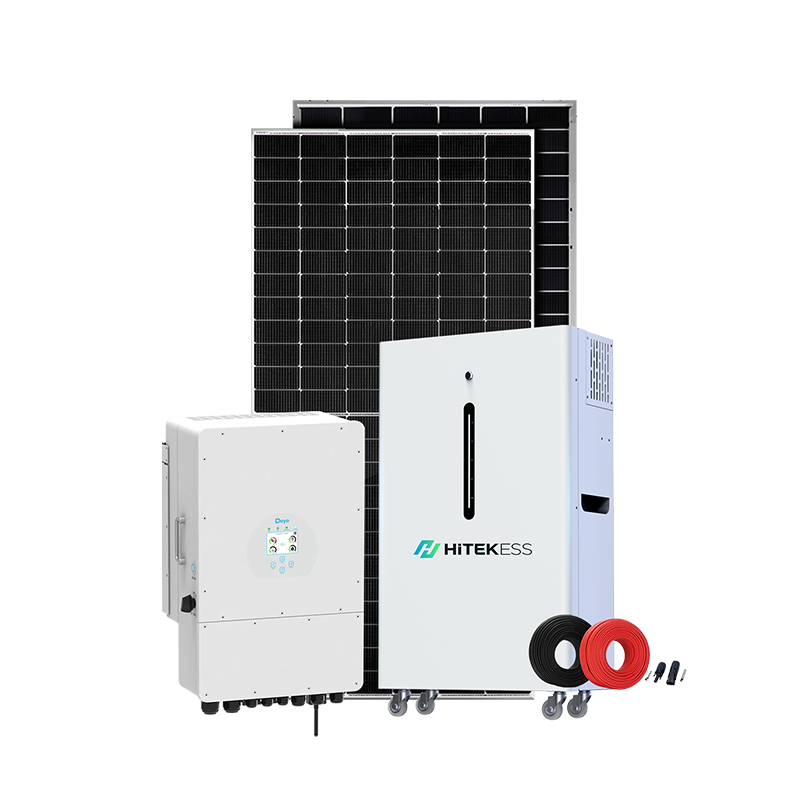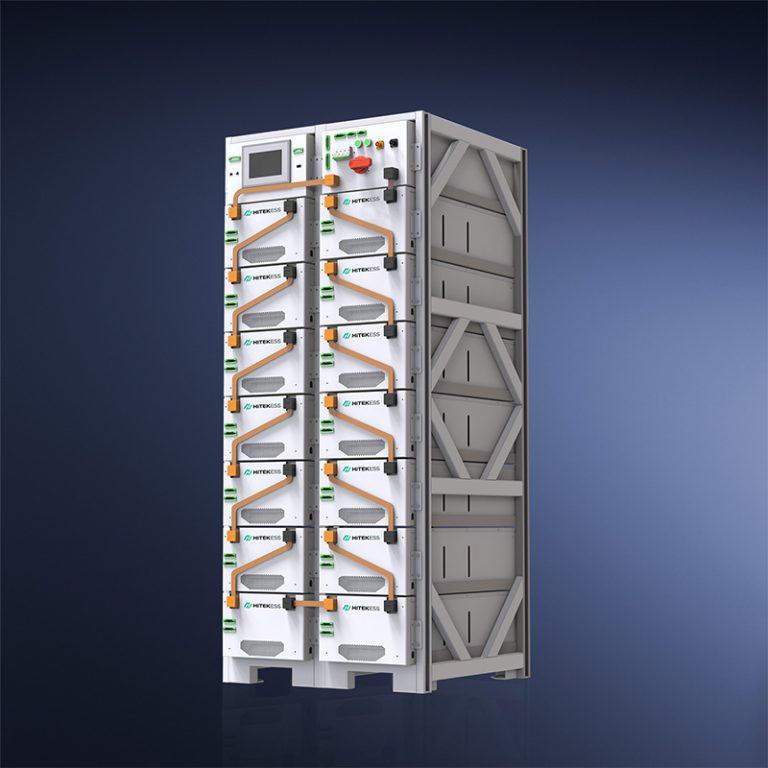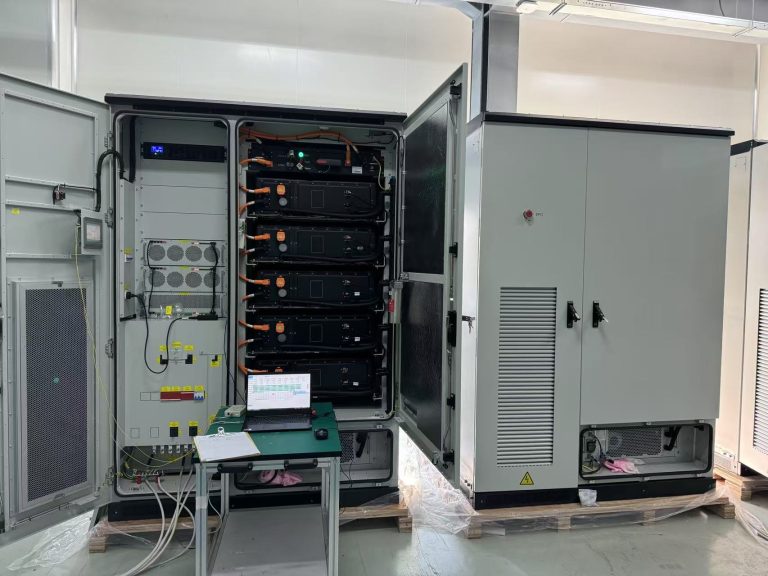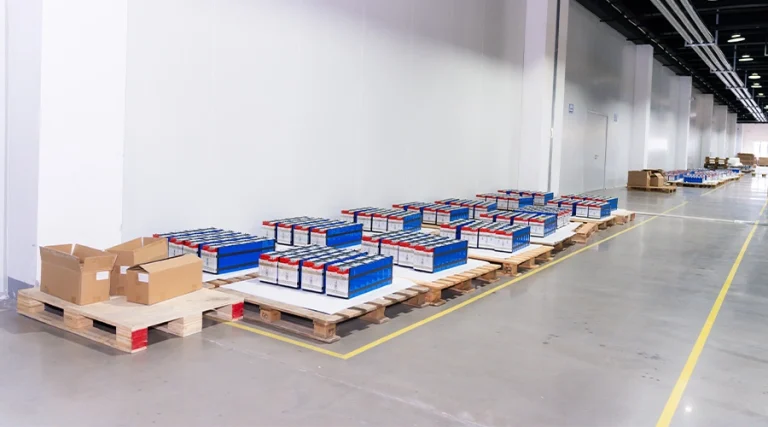Winter hits hard in many places. Snow piles up, winds howl, and temperatures plunge. If you rely on solar power, your batteries face the chill too. LiFePO₄ types stand out for solar setups. They handle tough conditions better than most. But cold weather brings challenges. Reduced power, slower charging. You need to know how to keep things running smooth. This guide dives deep. We’ll look at effects, practices, and tips. Aimed at you – homeowners, off-grid folks, or business owners with solar systems. Stay powered through the freeze.
Batteries solaires store daytime energy for nights or cloudy spells. In cold spots, like northern states or mountain areas, winter tests them. Policies push renewables even in rural cold zones. Distributed setups grow. That means more LiFePO₄ in play. Get the operation right, and you cut outages. Save on backups like generators.
What Makes LiFePO₄ Batteries Tick in Solar Systems
LiFePO₄ stands for lithium iron phosphate. A type of lithium-ion battery. Safe, long-lasting. Used in homes, commercial spots, even large grids.
Les bases de LiFePO ₄ chimie
Inside, phosphate cathodes pair with lithium. Stable structure. Less fire risk than other lithium types. Cycle life hits 2000-5000 charges. Deep discharges okay – up to 80-90% without harm.
In solar, they pair with panels and inverters. Store DC power. Convert for home use. Good for off-grid or hybrid systems. Peak shifting too – charge cheap, use during high rates.
Mais la température compte. Temp chambre idéale. Le froid ralentit les ions. Vitesse de chaleur usure.
Why Choose LiFePO₄ for Cold Climates
They beat lead-acid in winter. Lead-acid freezes easy, drops capacity fast. LiFePO₄ works down to -20°C or lower. Discharge fine in cold. Charging trickier. More on that soon.
Pour les utilisateurs solaires, cela signifie reliable backup. In cabins or farms, they keep lights on. No gassing like lead-acid. Lighter weight. Fits tight spaces.
Comment les températures froides frappent LiFePO ₄ Performance
Cold isn’t kind to batteries. Below 0°C, things change.
La science derrière le ralentissement
Ions move slower in chill. Electrolyte thickens. Like syrup in fridge. Capacity falls. At -20°C, you might see 70-80% of normal. Discharge rate drops. High draws struggle – think heaters or pumps.
Internal resistance climbs. Voltage sags under load. System might trip low-voltage cutoffs.
Charging? Big issue. Below 0°C, lithium plates on anode. Builds dendrites. Shorts cells over time. Permanent damage.
Real-World Impacts on Solar Setups
In winter, solar production dips. Shorter days, low sun. Higher loads – heating, lights. Batteries work harder. Capacity loss compounds problems. A system sized for summer might falter.
At 0°C, 85-90% capacity. -10°C: 75-85%. -20°C: 70-80%. -30°C: Down to 60-70%. Power output reduced too.
Pour le solaire hors réseau, cela signifie planifier plus. Attaché à la grille ? Moins de problème, mais les sauvegardes souffrent.
Comparing to Other Battery Types
Lead-acid: Worse. Capacity halves at -20°C. Freezes below -30°C if not charged.
Other lithium: NMC or LCO suffer more plating. LiFePO₄ safer, stable chemistry.
Sodium-ion emerging. Better cold tolerance. But LiFePO₄ proven now.
Best Practices for Running LiFePO₄ in the Cold
Don’ Laissez l'hiver gagner. Des étapes intelligentes rendent les batteries heureuses.
Keep Them Warm: Heating and Insulation
Heat is key. Use pads under batteries. Thermostat-controlled. Kick on at 0°C, off at 10°C. Uses 2-5% energy, but gains 15-20% capacity.
Insulate boxes. Foam or blankets. Add thermal mass – water jugs or stones. Cuts heating needs 40-60%.
Placez à l'intérieur si possible. Sous-sol ou cabanes. Même les endroits non chauffés plus chauds que l'extérieur.
For solar arrays, enclose banks. Ventilate to avoid moisture.
Stratégies de charge intelligentes
BMS crucial. Built-in management stops charging below 0°C. Waits for warmth.
Contrôleurs solaires : Température compensée. Ajustez les tensions pour le froid.
Charger lentement au froid. Réduire les ampères. Évitez le placage.
If heated, charge during day when sun warms.
Monitoring and Maintenance
Regardez les temps. Applications ou gauges sur les cellules. Alerte pour les bas.
Vérifiez souvent l'état de charge. Le froid cache les vrais niveaux.
Cycle periodically if stored. Keeps chemistry active.
Clean connections. Snow or ice builds corrosion.
Here’s a table of temperature effects and actions:
| Température (°C) | Capacity Retention | Impact de décharge | Meilleure action |
| 20 | 100% | Normale | Standard operation |
| 0 | 85-90% | Modéré lent | Monitor charging |
| -10 | 75-85% | Notable | Ajouter l'isolation |
| -20 | 70-80% | Significant | Utiliser des chauffages |
| -30 | 60-70% | substantielle | Limiter les charges, chauffer agressivement |
Conseils de conception du système pour la résilience hivernale
Size bigger. Add 20-25% capacity for cold.
Prioriser les charges. Essentials d’abord – réfrigérateur, lumières. Passez les extras.
Hybrid setups. Pair with generator for extremes.
Panneaux: Inclination pour le soleil d'hiver. Neige claire.
Common Pitfalls and How to Dodge Them
Beaucoup de voyage en haut. Charger en gel profond – endommage les cellules. Pas d’isolation – faibles performances constantes.
Ignoring BMS warnings. Leads to failures.
Storing flat. Cold drains faster. Keep at 50% for off-season.
Overloading. Cold can’t handle peaks. Shed loads.
Un mauvais placement. L'exposition extérieure tue l'efficacité.
Test des installations avant l'hiver. Simulez le froid.
Soins à long terme en saison froide
L'entretien prolonge la vie.
Store right. 10-35°C ideal. If over 3 months, cycle charge/discharge.
Inspect yearly. Look for swelling or leaks.
Mise à jour du firmware. Meilleurs algorithmes froids.
In commercial solar, like farms or warehouses, scale up. Container systems with built-in heat.
Les politiques rurales favorisent des structures résilientes. Froid-proof pour les subventions.
About HITEK ENERGY CO.,LTD: Your LiFePO₄ Solar Batteries Supplier
HITEK ENERGY CO., LTD. steps up as a top LiFePO₄ solar batteries manufacturer. Founded in 2016, we focus on prismatic LiFePO₄ cells, modules, and systems. Used in grids, commercial, residential storage. Two R&D centers drive innovation. Quality certified by ISO9001/14001/45001. Automated lines ensure safety, consistency, long life. Over 15 years inverter experience. 294+ IP rights. Reach 120+ countries. We offer full solar solutions – from cells to custom systems. Committed to clean energy, low-carbon making.
Conclusion
Cold-weather operation of LiFePO₄ solar batteries demands attention. But with warmth, monitoring, and smart design, they shine through winter. Capacity dips reversible. Damage avoidable. You get reliable power, lower bills, green energy year-round. Assess your setup now. Make changes. Stay lit when others go dark.
Questions fréquentes
How does cold-weather operation affect LiFePO₄ solar batteries performance?
Capacity drops, like 70-80% at -20°C. But it’s reversible if managed. Discharge slows, charging risks damage below 0°C.
What are top tips for cold-weather operation of LiFePO₄ solar batteries?
Heat with pads, insulate enclosures. Use BMS to block cold charging. Monitor temps, size systems larger for winter.
Can I charge LiFePO₄ solar batteries during cold-weather operation?
Yes, but only above 0°C. Heat first if needed. Slow rates help avoid plating.
Why choose LiFePO₄ for cold-weather operation in solar setups?
Better tolerance than lead-acid. Safe chemistry. Long cycles. Handles discharge in freeze, with proper care.
How to store LiFePO₄ solar batteries for cold-weather operation off-season?
Conserver à 10-35°C, charge à 50%. Cycle tous les 3 mois. Point sec et ventilé.
HITEK ENERGY STAR PRODUCTS
- China Manufacturer Wholesale Price 10kwh 15kwh 20kwh 30kwh LiFePO4 Lithium Battery 12V 24V 48V 100ah 200ah 400ah Lithium Ion Battery Rack
Modèle: HT-30HS
- 2V 280ah 300ah 14.336kwh 15kwh Wheels Type LiFePO4 Pack LV Li-ion Lithium Battery
Modèle: HT-15KWH
- Batteries à haute tension pour panneaux solaires 15 Kwh 20kwh 30kwh Batterie solaire au lithium à domicile empilée 48V
Modèle: HT-30HS
- Hitek Best Commercial LiFePO4 Lithium Battery Pack Hv Solar Power Storage Battery Storage 100kwh 200kwh 300kwh 51.2V 280ah 200.704kwh
Model:HTPK-51280H
- Hitek LiFePO4 Lithium Ion Iron Phosphate Battery 300ah 302ah 320ah 280ah Lf280K Battery Bateria 51.2V 48V 15.36kwh for Home Energy Storage UPS
Modèle: HT-15KWH




